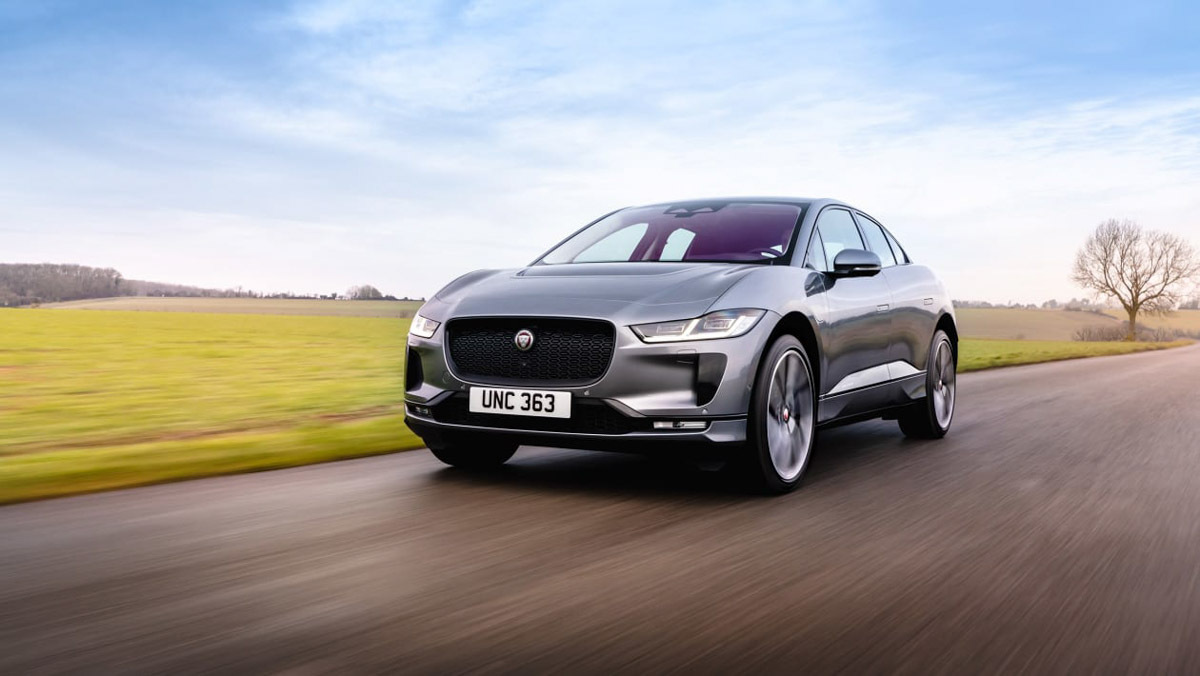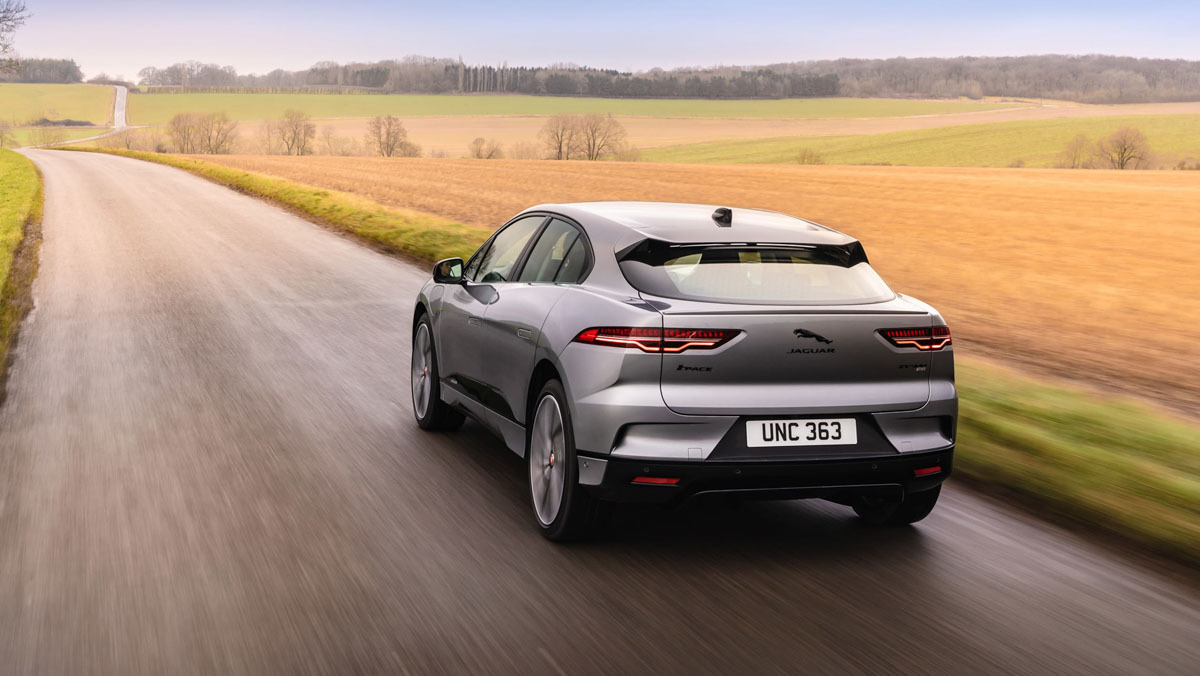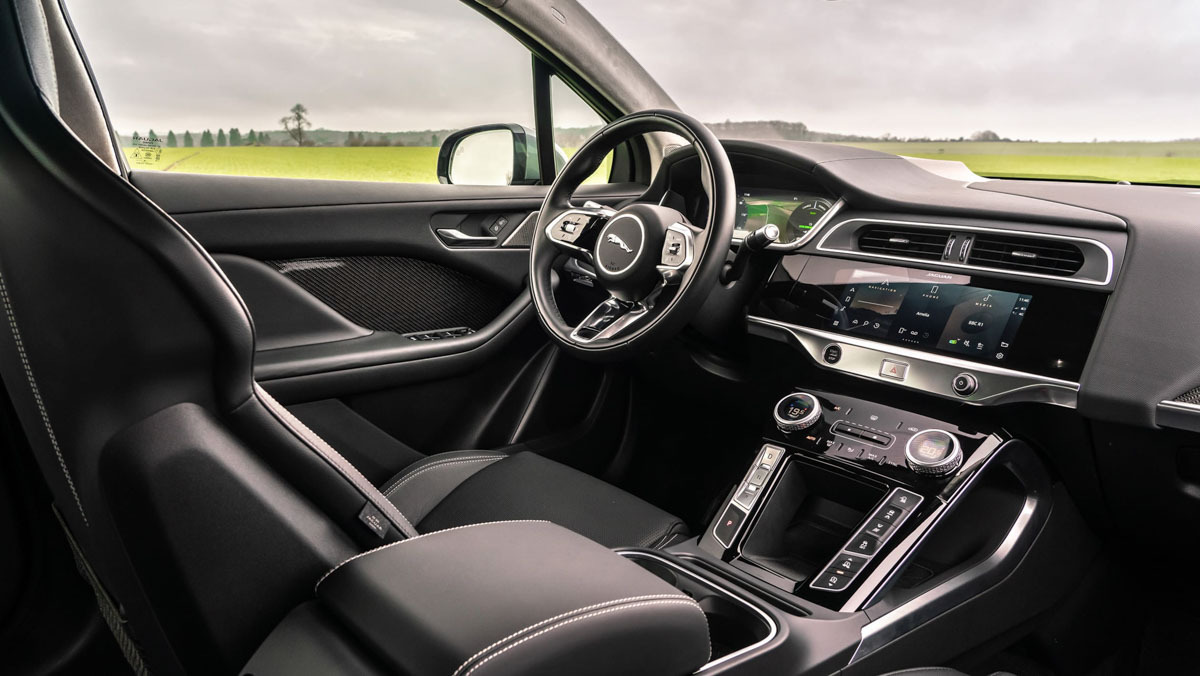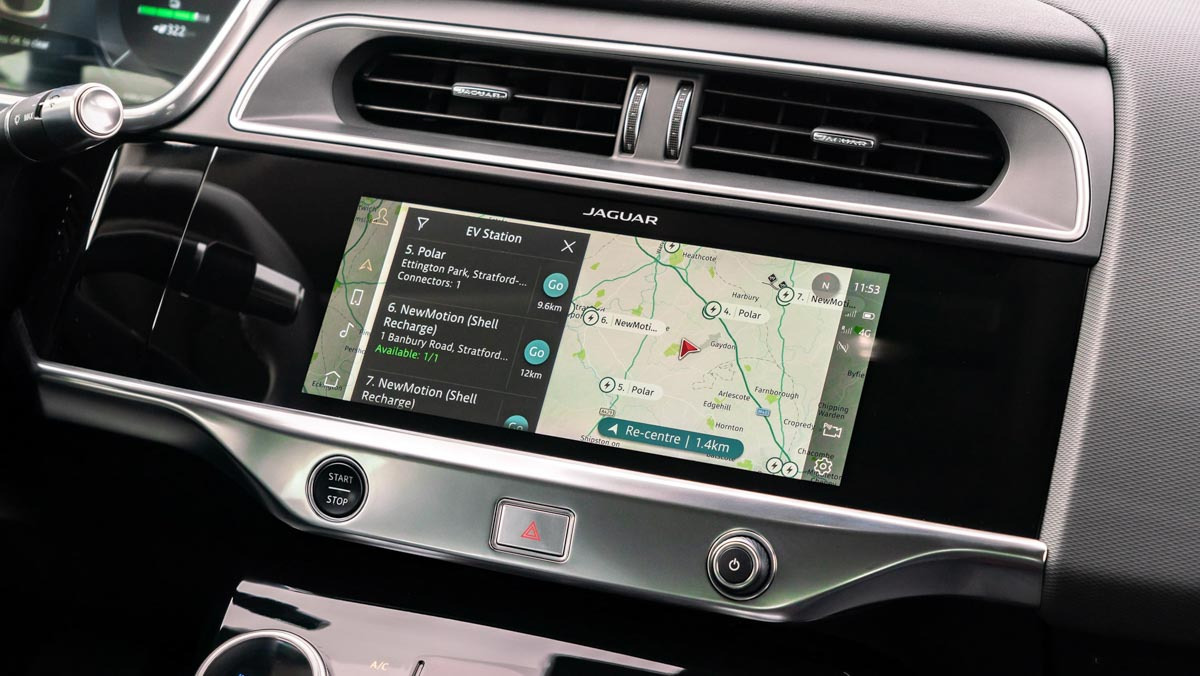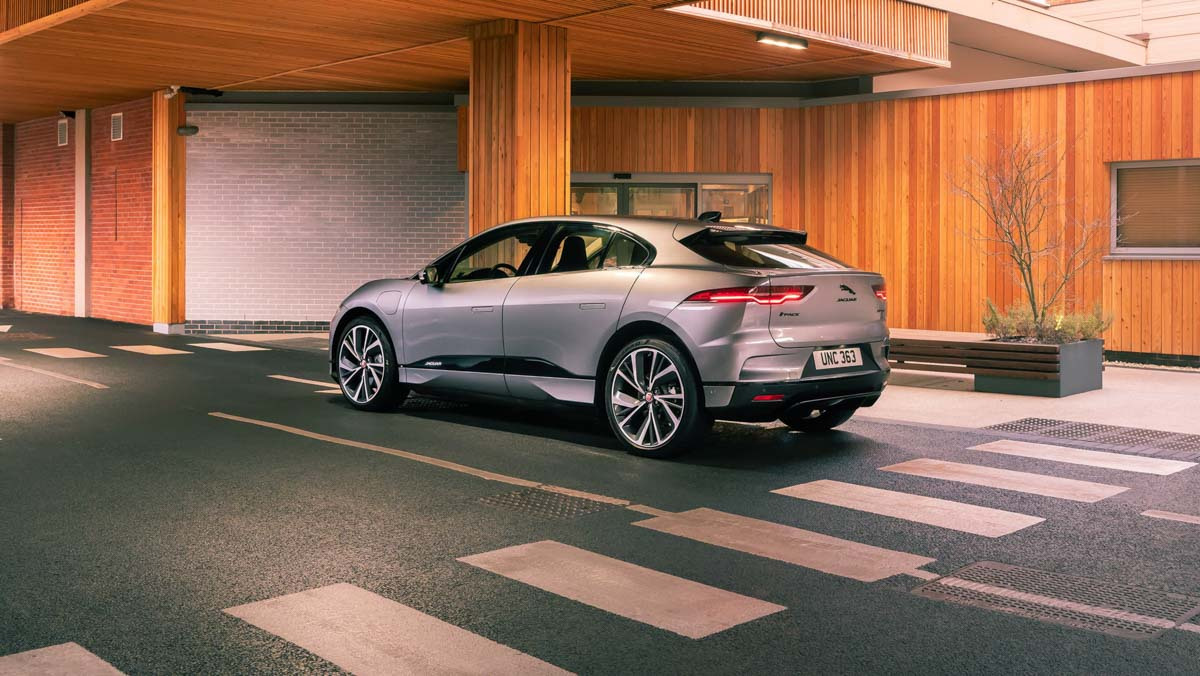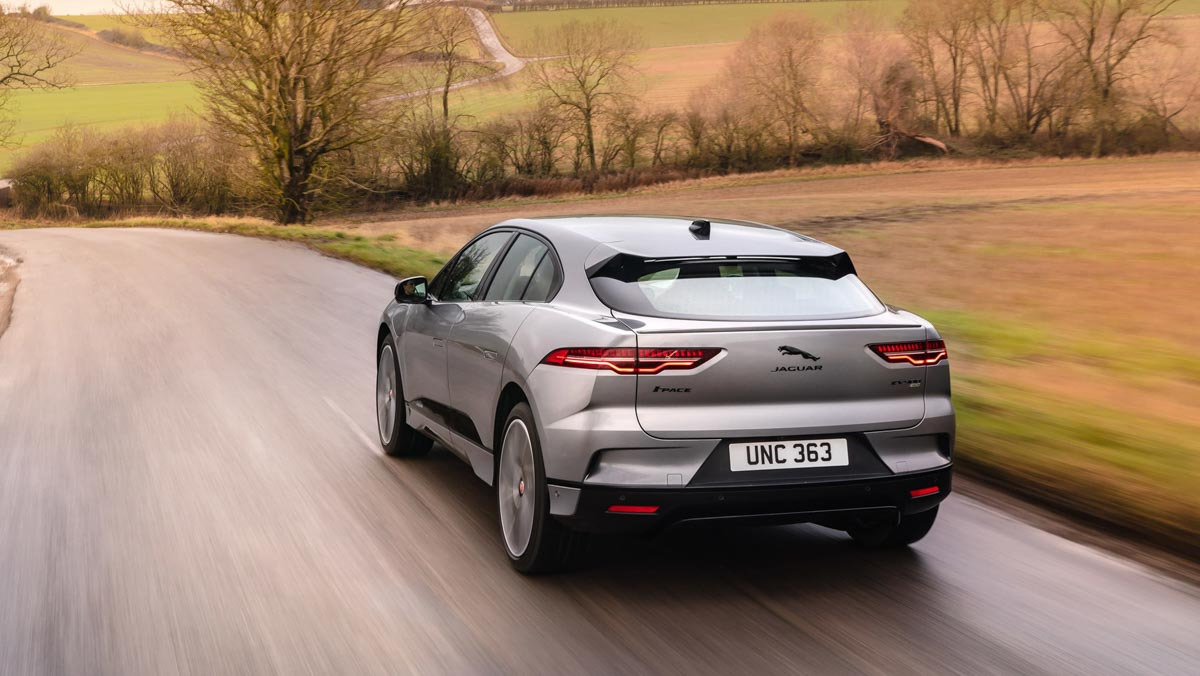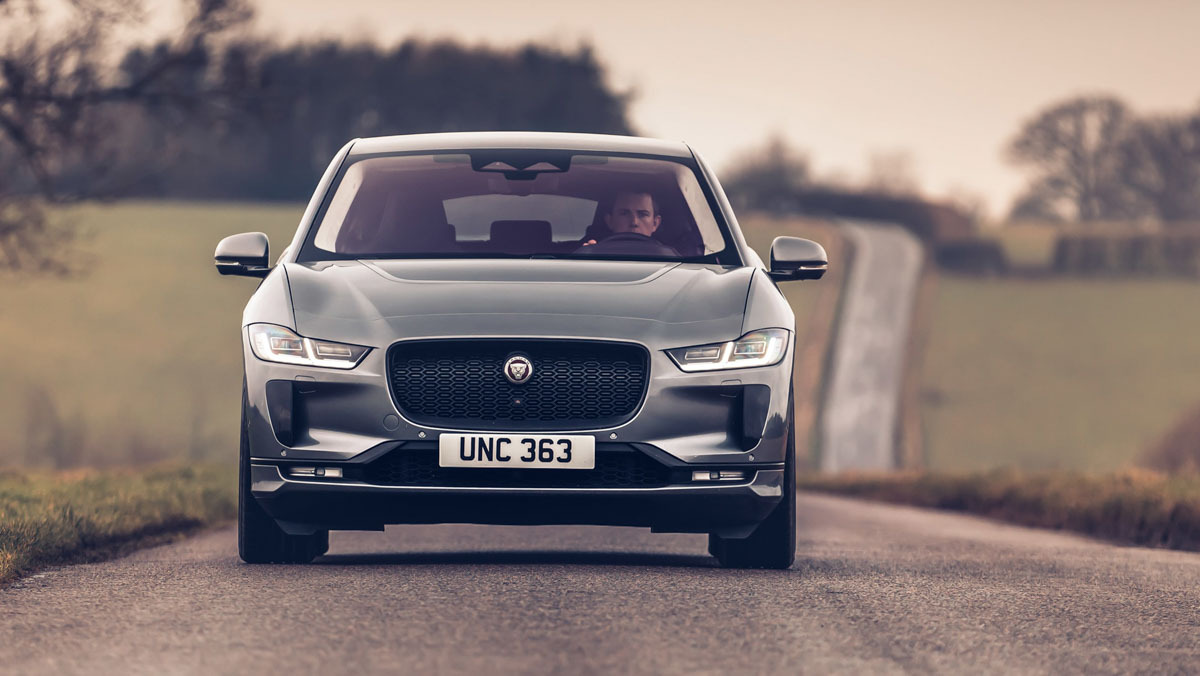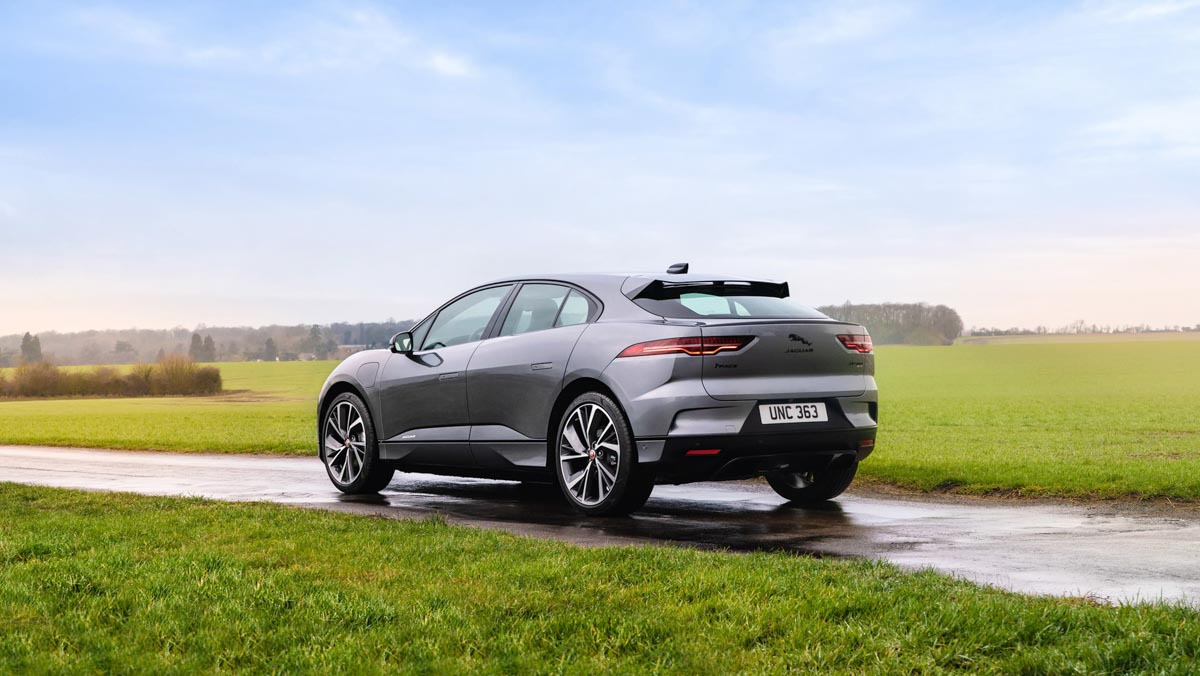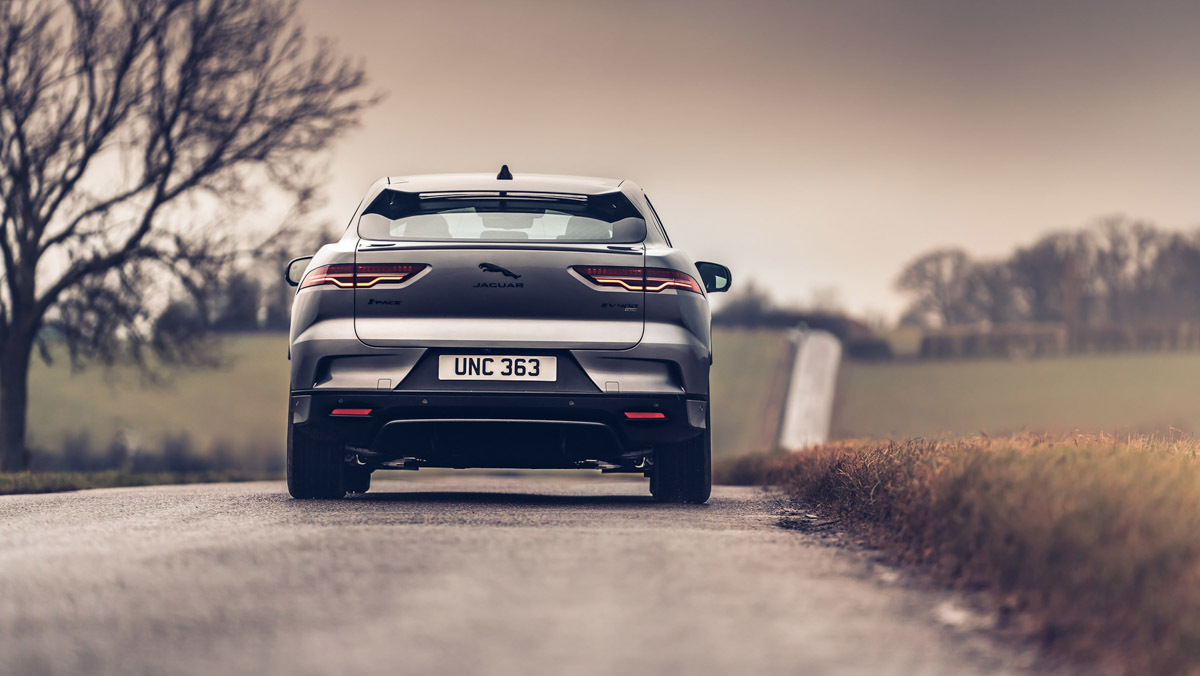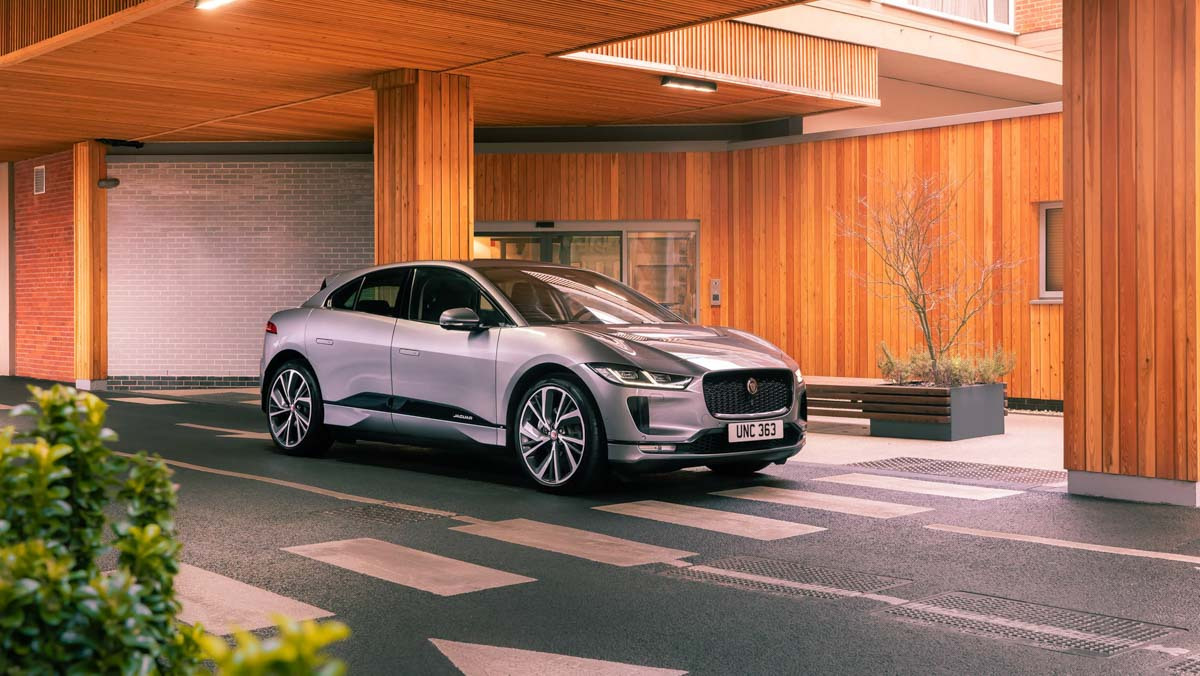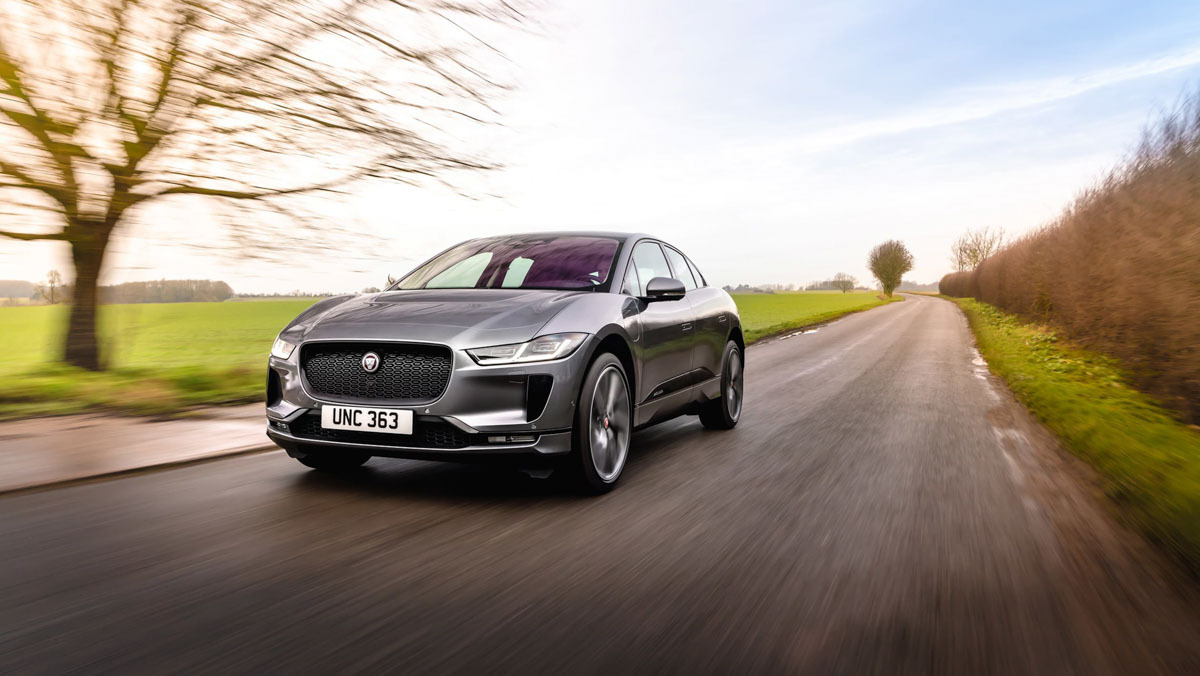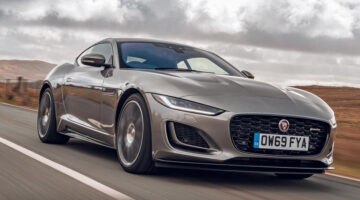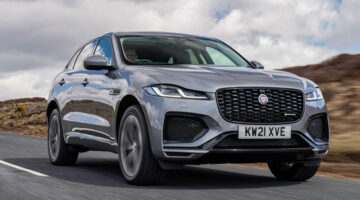Still clever and still well executed, but on the cusp of being outclassed by more rounded rivals
| Rides and handles well considering the mass | |
| Range is still not good enough, feeling dated inside |
The Jaguar I Pace famously beat the Germans to the electric car punchline in 2018. This totally bespoke, skateboard-chassis electric crossover arrived ready to revolutionise the class, not to mention the modern Jaguar buyer.
But how time flies, as just three years later the I Pace is quickly being closed in on from all sides by rivals that, while less specialised, considerably outsell the Jag. And this threat will only become more acute in the next 12 months, with all-new rivals quickly raising the stakes with their own bespoke architectures and big gains in range, efficiency and battery technology.
It might surprise you, then, to hear that the I Pace’s recent update is largely an aesthetic one, with only subtle upgrades to charging speeds, and no measurable improvements in range, performance or efficiency.
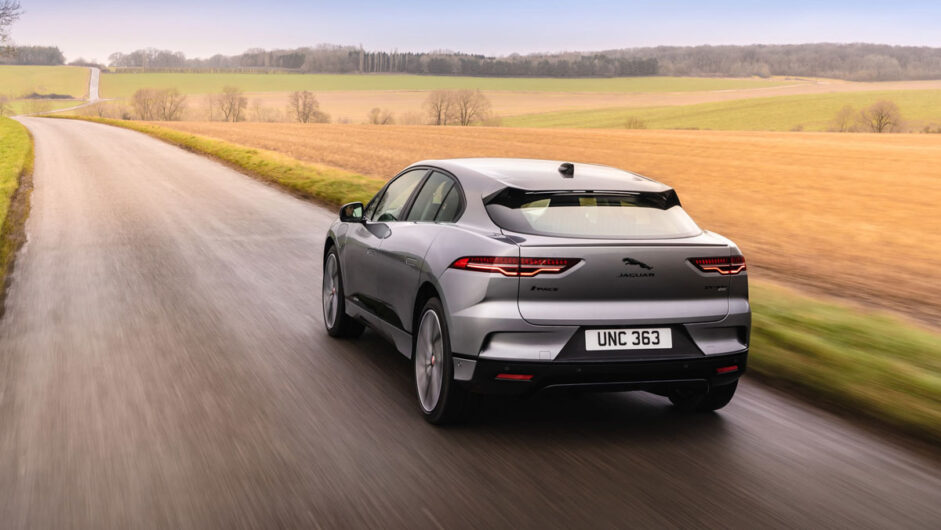
Engine, transmission and 0-100 time
All I Paces share the same dual-motor set-up and battery pack. Peak power is rated at 394bhp, about right for this price and class of EV, with an equivalent peak torque of 514lb ft. The battery pack is rated at 90kWh gross, and gives the I Pace a 470-kilometer range on the WLTP cycle. In reality, this number is more like 370 kilometers if the conditions are anything less than perfect.
With a 4.8sec 0-100kph time, its performance finds a middle ground between that offered by premium rivals such as the Mercedes EQC and the top-tier Teslas, but like most electric cars with this sort of on-paper grunt, there is a generous shove in the back when called for thanks to the high torque figure.
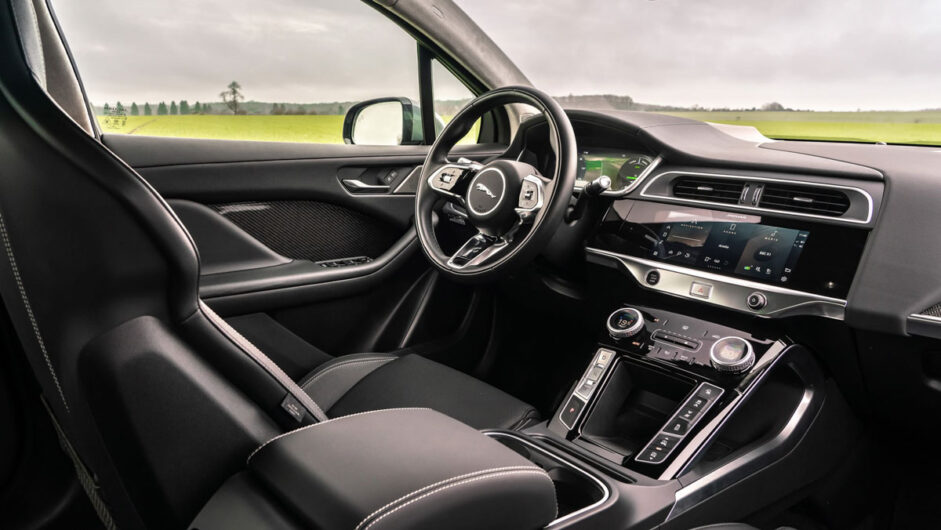
Technical highlights
Part of what made the I Pace such a breakthrough on its release was its chassis – it was the first application of a skateboard-style chassis from a legacy car company. It caught all of us by surprise, especially its German rivals, as the advantages of building an EV from the ground up yields a whole world of benefits – ones that the I Pace still takes advantage of.
This is seen first and foremost in its proportions, with a cab-forward design that makes full use of a relatively compact footprint by creating a large amount of cabin space. A low centre of gravity, general simplification of the floor and battery placement were other pluses – it all looked to be a breakthrough for Jaguar. Until it no longer was.
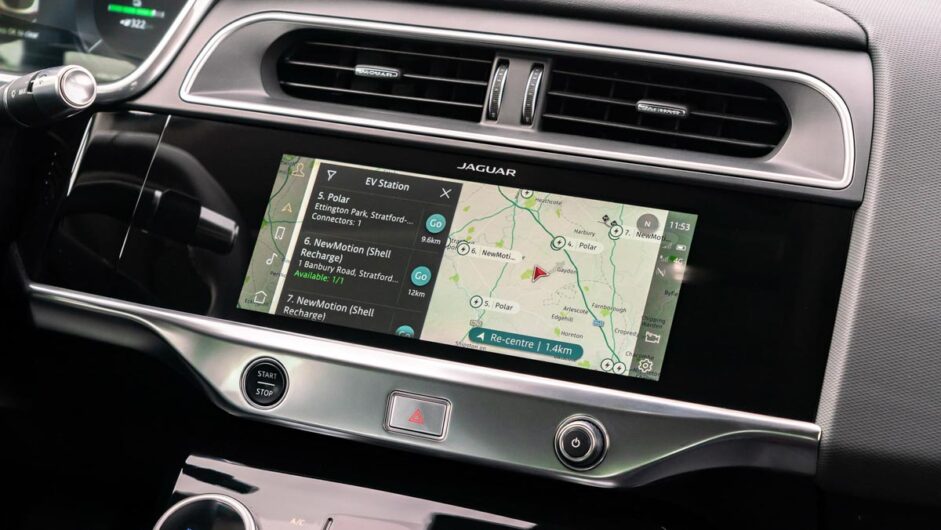
What’s it like to drive?
When Jaguar’s calibration engineers began development work on the I Pace they were given the very simple brief to ‘make it feel like a Jaguar’, and considering it shares so little with its traditional counterparts the I Pace does indeed drive remarkably like a Jaguar saloon. The ride, to begin with, is always supple, flowing and sophisticated, with just enough lateral support not to wallow, and without ever becoming harsh over imperfections.
The specific example driven here was fitted with the optional adaptive air suspension and a relatively small 20-inch wheel and tyre package. While not aesthetically ideal to make the best of Ian Callum’s design, it’s a worthwhile compromise to avoid the low-speed brittleness that models on the larger 22s suffer from.
The steering is clean and accurate, and heavier than most rivals, but not to the point of feeling cumbersome. There’s also a lovely progressive weighting away from the straight-ahead, the quick ratio making it particularly direct, especially as speeds rise.
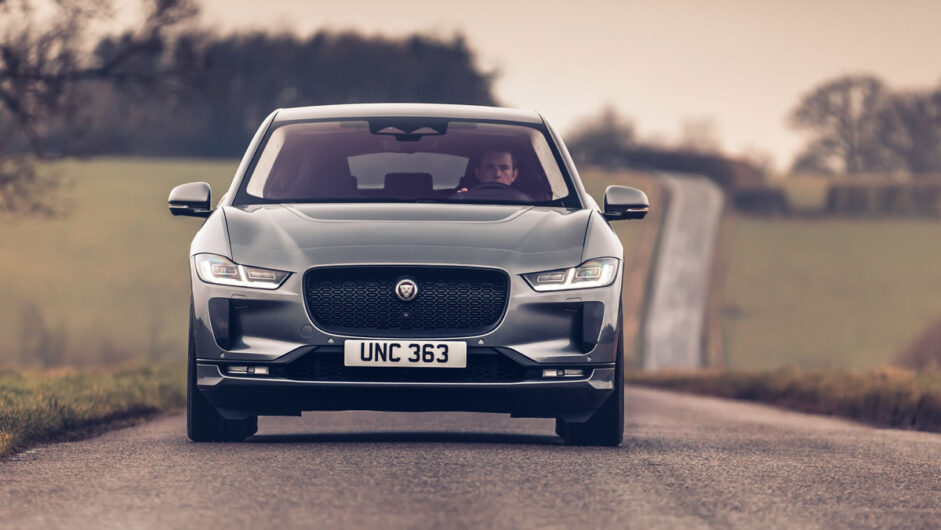
Yet the reality of a 2208kg electric SUV is impossible for even Jaguar’s crack ride and handling team to disguise, so push a tad harder and the sheer mass is felt, particularly through the brakes, which still haven’t really achieved a trustworthy synergy between regenerative and friction braking. This is something very few get right (even Porsche has its issues with the Taycan Turbo S), and it’s especially noticeable when hustling so much weight without complete confidence in the brake pedal.
The low-speed calibration and response from the powertrain also leaves something to be desired, lacking the crispness you’ll find in rivals from Audi and Porsche. It’s not to say the power isn’t there, it certainly is, but that mushy feeling from the throttle from Jag’s combustion models is obvious here too.
In the end, the Jaguar I Pace still drives better than rivals such as the Mercedes EQC and Audi E-tron, but it’s likely that buyers of premium electric SUVs such as these will consider monthly repayments, interior technology and image as more important than nice steering and decent body control.
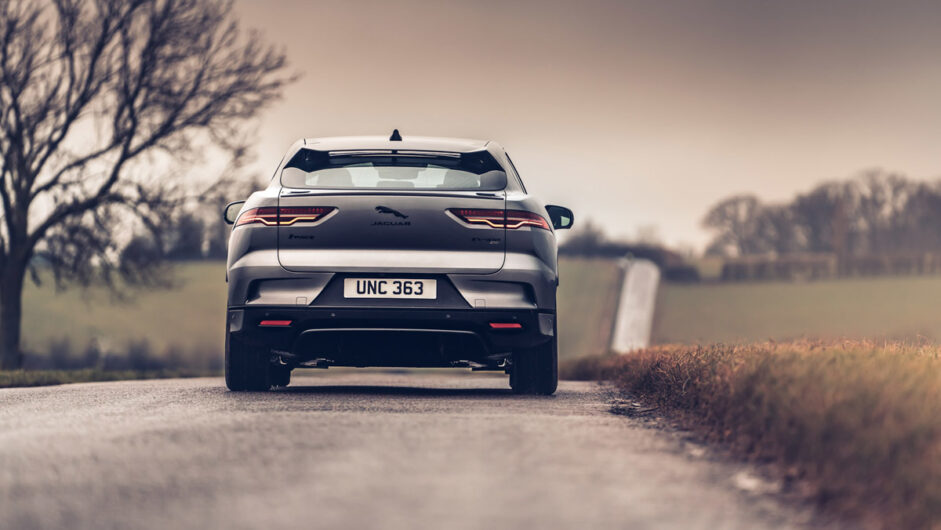
Price and rivals
The I Pace starts at $90,448 for the entry-level S model, rising to $103,211 for the loaded HSE. At this higher price point the I Pace is up against physically bigger rivals such as the Mercedes EQC and Audi E-tron SUV, but is in fact the more roomy inside thanks to its skateboard chassis.
It’s also marginally cheaper when compared to the equivalently powered Germans, but the Audi does hit back with a lesser-powered model if performance is less important than outright mileage.
In reality the I Pace is probably the most sorted of all electric crossovers at the $83k plus price point, but for how much longer? Audi, Mercedes and BMW are all on the cusp of revealing new generations of electric SUVs that will go further on a charge, drive better and no doubt move the game on in terms of tech and efficiency. Jag’s I Pace might once have been a trailblazer, but it’s now awfully close to trailing behind the competition, and, without any short-term plans for building on its electric progression, will probably stay there for longer than Jaguar would like to admit.
This article originally appeared at evo.co.uk
Copyright © evo UK, Dennis Publishing

